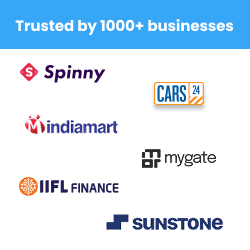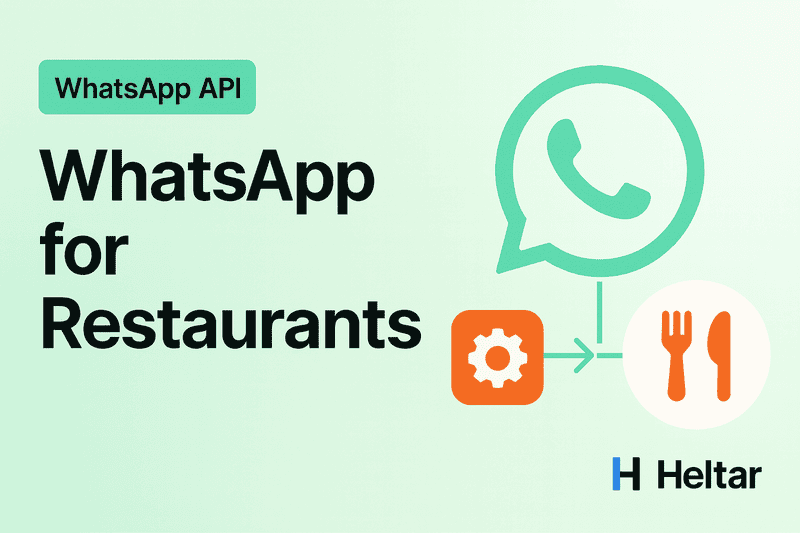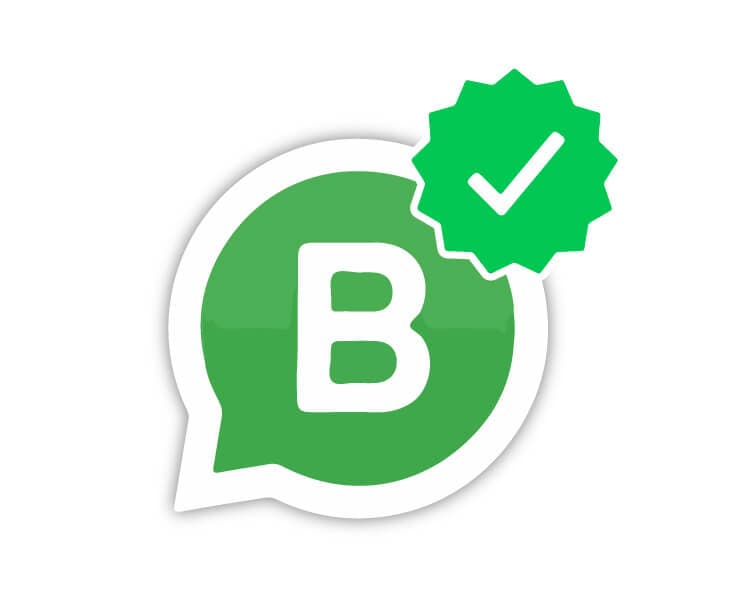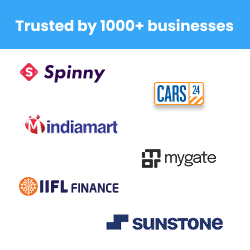Auto recharge sounds safe. No paused broadcasts, no angry customers. But if you set it and forget it, small top ups stack up, card fees creep in, cross border rates kick in, and your customer acquisition cost goes up. Let’s set up autopay the right way, then break down why it often gets expensive on Wati and how Heltar keeps things affordable.
First - How to set up Autopay on Wati?
Log in to your Wati portal
Click Buy Credit on the top menu
Click Configure Auto Recharge
Tick Auto Recharge to enable it
Set Recharge Amount, for example 20 dollars
Set When Balance Falls Below, for example 49 dollars
Save
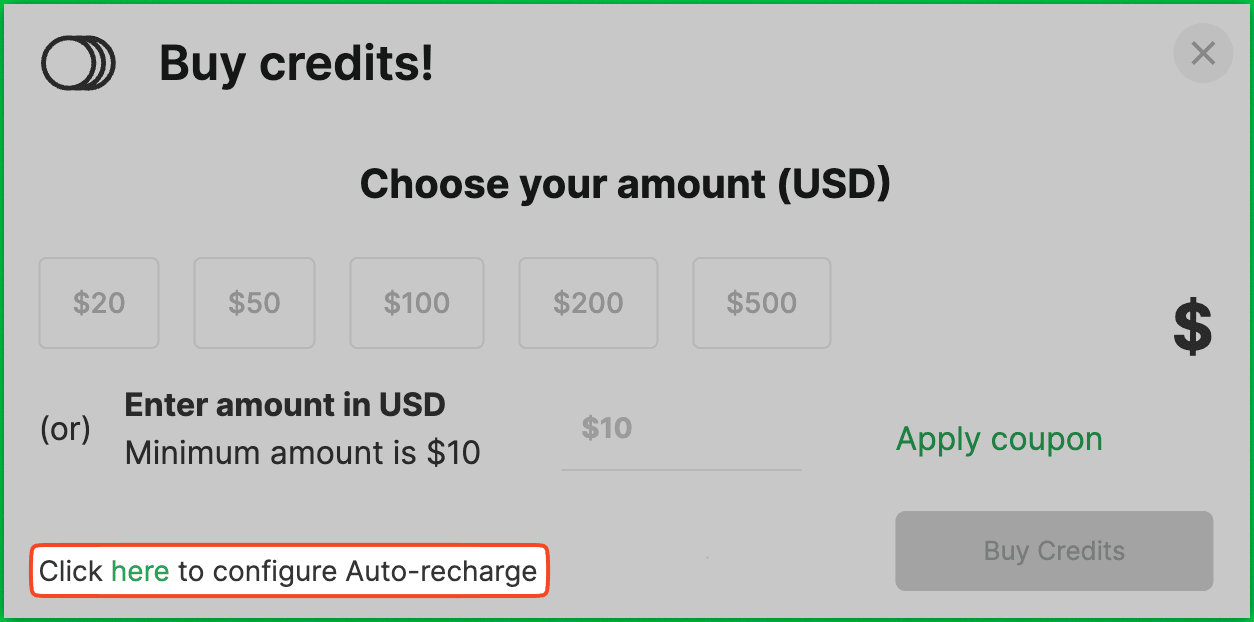
What happens next?
You get a low balance email when you hit the threshold
Wati auto tops up with your set amount
You get a confirmation email after each recharge
You can change the trigger and amount any time
Tip before you start - Do one manual top up first. Wati requires a 10 dollar minimum balance to keep sending.
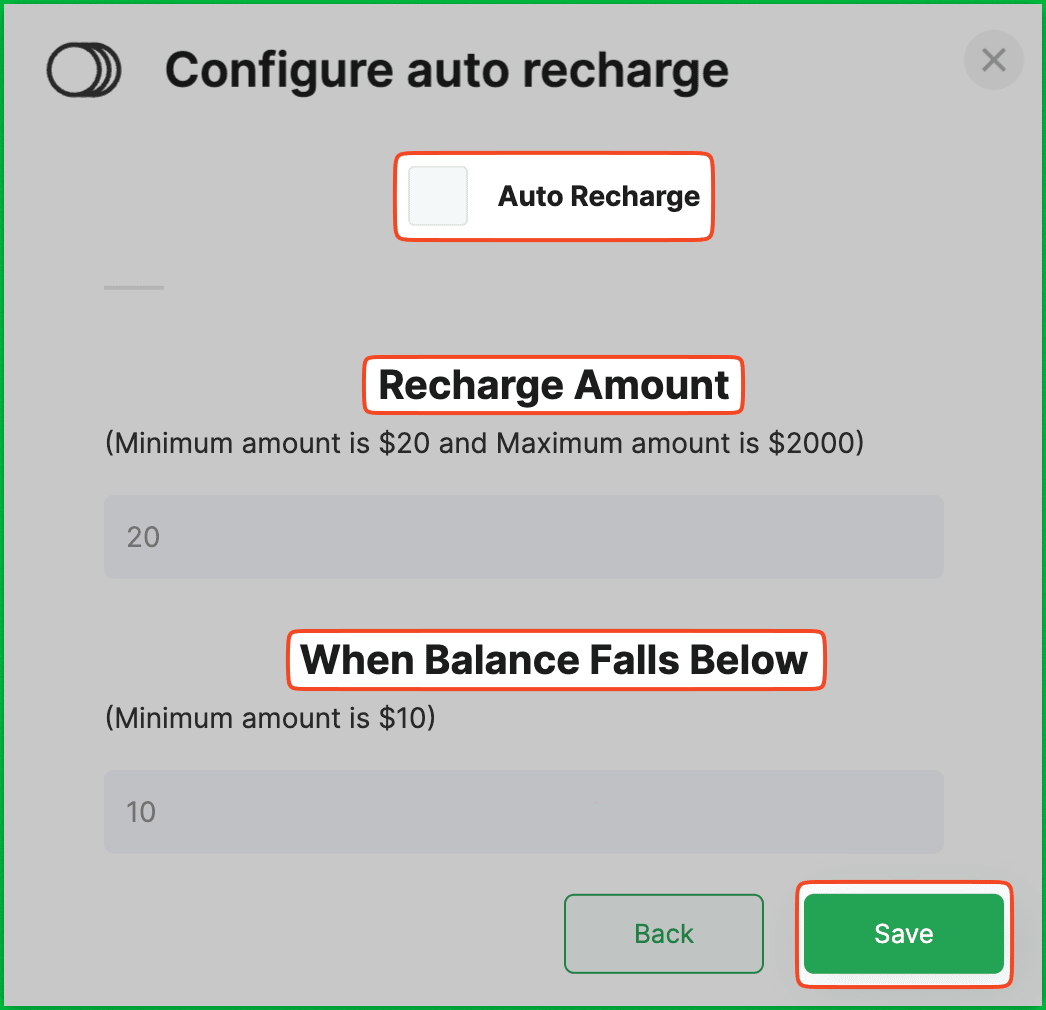
Why autopay on Wati can drain profits?
1) Drip charges add up
Many small recharges mean more payment gateway fees and foreign exchange costs on cards. These do not show in campaign reports, but they cut margin.
2) Spend keeps flowing even when performance drops
If a list is weak or a promo misfires, autopay still funds conversations. Unless someone is watching daily, your cost per lead and cost per order rise fast.
3) No campaign level guardrail
Wallet credits are shared across everything. One aggressive broadcast can empty the pot and trigger extra top ups without warning.
4) The 10 dollar floor nudges higher triggers
If your wallet's balance falls below $10, everything halts. To avoid this, businesses set high thresholds to avoid falling below the minimum balance. Higher thresholds fire more top ups.
What this means for CAC?
Autopay protects delivery, but it hides leakage. Extra card fees, higher international rates, and unchecked sends raise the all-in cost to acquire a customer. You keep paying even when conversion drops, which skews your true CAC and payback.
Why Choose Heltar Over Wati?
Unless you want your marketing budget to get over before you acquire any customers, Heltar's the way to go. Here's why!
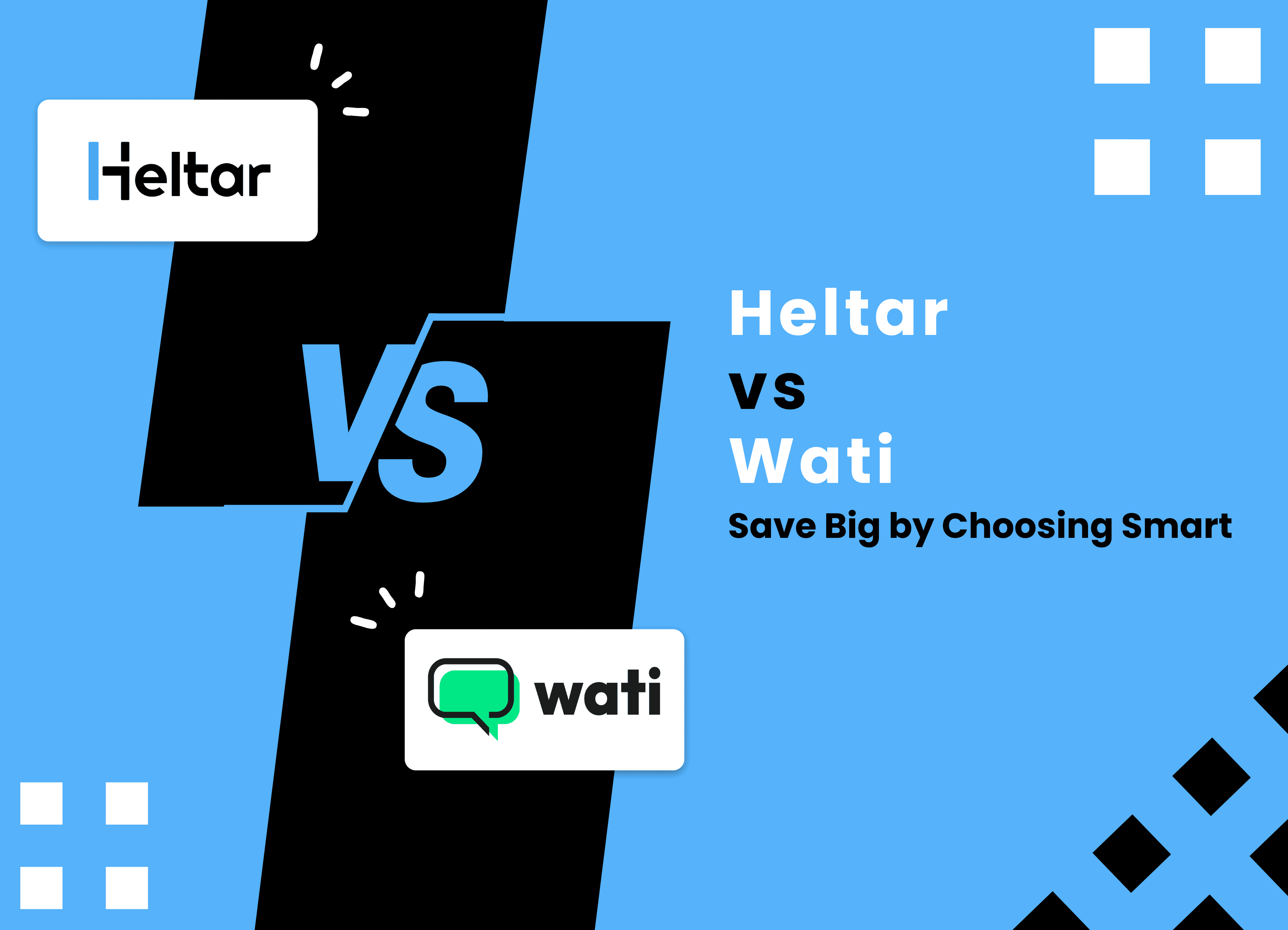
Metric | Wati | Heltar |
Base Subscription Fee | Expensive - Starts ₹2,499/month | Lower, budget-friendly - Starts ₹999/month |
Pricing Structure | Tiered, complex | Simplified, transparent |
Markup on Conversations | Up to 100% over Meta Charges | Flat 5% across all conversation types |
Extra User Fees | Upto ₹3,999/Month/User | No additional charges |
API Integrations | Charged separately (e.g., $4.99/month for Shopify) | No extra charges |
Customer Support | Limited (No setup support in Growth and Pro plan) | Full support for all customers |
User Interface | Complex & Difficult to navigate | Intuitive & user-friendly |
Lower Platform Fees and Markups
Wati: Wati’s pricing plans start from ₹2,499 per month, scaling up to ₹16,999 per month for the business plan. The multiple packages and tiered features make it expensive, especially for small and medium-sized businesses. The incremental costs for unlocking advanced features force businesses to either commit to higher-tier plans or compromise on functionality.
Heltar: In contrast, Heltar offers lower subscription fees with a base plan starting at a more affordable monthly rate. It is designed to be budget-friendly for businesses of all sizes, particularly small and medium enterprises (SMEs) looking to minimize upfront costs, along with a simplified and transparent conversation pricing model, charging a flat 5% markup across all conversation types.
No Extra/Hidden Charges for Integrations
Wati: While Wati provides robust features, many advanced capabilities are locked behind higher-priced plans. Essential features like advanced analytics, automated workflows, and API integrations are only available in the more expensive plans. Apart from that, Wati charges extra fees for employing integrations, like an additional USD 5 per month for a shopify integration, and additional charges for extra users.
Heltar: Heltar includes advanced features—automation, analytics, customer segmentation. Businesses benefit from unrestricted access to essential tools allowing them to leverage full functionality of the platform.
Intuitive and User-Friendly Interface
Wati: Wati offers a variety of features, but the interface could be difficult to learn for inexperienced users. The tiered functionality makes it hard to locate important tools within the complex menu structure it offers. It may be a real pain for people who are not familiar with navigating multi-tiered software ecosystems.
Heltar: Heltar’s platform is designed with ease of use in mind. It features an intuitive interface, making it simple to navigate, even for those new to such systems. The user-friendly dashboard provides easy access to key tools, reducing the learning curve and allowing businesses to get up and running quickly without sacrificing functionality or efficiency.
Well Rounded Customer Support: While Wati does not provide even setup support in the growth plan, in Heltar, End-to-End Customer Support is made available to all customers, irrespective of their subscription plans. For us, at Heltar, Our Customers are our biggest priority, and we ensure they are well served through a comprehensive knowledge transfer of our platform and continued assistance.
